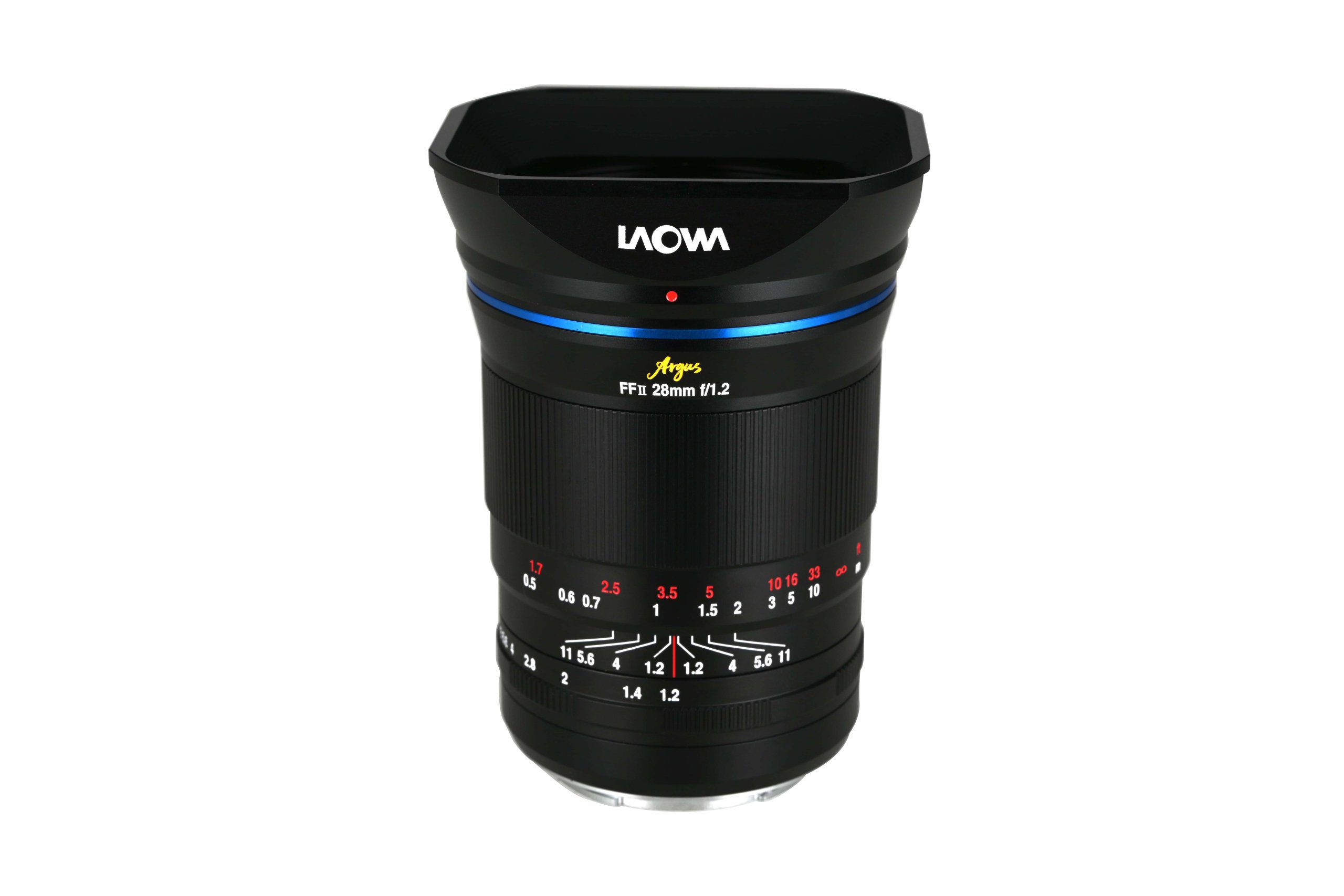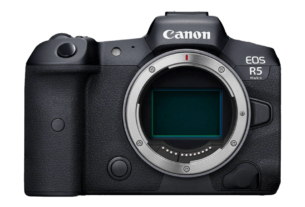Since Laowa began making lenses in 2013, it has amassed a sizable assortment that includes anything from cine lenses to landscape lenses to specialized lenses. These robust, sharp lenses meet the expanding demands of photographers.
The Laowa 28mm f/1.2 is advertised as having outstanding image quality, a sturdy build, and versatility for a variety of genres, including street, landscape, and portrait photography. Does it support the claims, then? We put it to the test to see.
BUILD QUALITY
The solidity of the box construction is reflected in the lens, or is it the other way around? There’s something about the packaging from Laowa lenses that I quite love, but I’m not sure what it is. Considering the f/1.2 maximum aperture, the lens is reasonably small in circumference and well-built with robust metal construction. It’s a heavy lens that I wouldn’t want to carry about all day because it weighs in at 562 g, but it doesn’t make it a terrible pick. Since I did carry it about all day, I didn’t pay attention to its weight.

The focusing ring has smooth friction, and the marks on the lens are precisely defined and engraved. The aperture ring has a gentler haptic feel than it does an audible click. My fingers would occasionally slide because of how equally spaced out the knurling is around the aperture ring. To avoid this, I would have liked continuous knurling.

Performance and Handling
It is accurate that the minimum focusing distance is 50 cm; I did try to go a bit closer, but to no avail. Given that it has a full frame focal length of 28mm, you wouldn’t typically use this kind of lens to shoot up-close objects. Due to photographer error, I only missed focus a few times. Finding focus is quick and simple because to the focus ring’s muted friction.
Each aperture setting performed as anticipated, however the shallow depth of field at f/1.2 truly shines out. The image below should give you an idea of how tight the field of focus is as the images above only display a tiny range of aperture settings.

With a few shots taken inside under controlled single light, it was time to test the lens on a walkabout.

I talk about the weight a lot, but when you are out shooting, you don’t really notice it. It feels like a luxury lens and performs like one because of this plus the all-metal construction. Although I only use a light kit with the X-T5, I thought it was important to note. The lens generates sharp images. Although my eyes have occasionally failed me, like in the case below, where I mistook the vent on the wall for the farthest distant lantern, finding focus is rapid.
While present, chromatic aberration does not appear in every image. Since it mostly appears in images with a bright background and an aperture of f/1.2, it is to be expected. But Lightroom made this incredibly simple and quick to fix.
The lens captures sharp photographs at all apertures, but I discovered that it performed best between f/5.6 and f/8, which is why the majority of the photos in this collection were taken in this range. I was really impressed with how well-controlled the edge and corner sharpness is and how little, if any, softness was visible, especially given the lens’s retail price. I wouldn’t think twice about utilizing the lens for a variety of subjects.



Pros
- Sharpness.
- Solid build quality.
Cons
- Lack of EXIF data: I’m personally not a fan of writing down the information.
- The weight might be a hindrance for some.
- The accompanying lens hood on really bright days. The shallow depth of the hood allows for lens flare.
Conclusion
There are other lenses available for the price of the lens that are frequently lighter, have autofocus, and have narrower apertures. You must decide what is most important to you. I had a great experience using the lens. It has excellent performance, is well built, and is sharp throughout. Would the difference in stops be enough to convince me to pick this lens over the aforementioned Nikon 28mm? My honest response is no, and that is in no way a discredit to the Laowa lens. Simply put, some provide more freedom and financial support for my photographic demands.
I’ve had the good fortune to experiment with different Laowa lenses and systems. Sharpness and sturdy construction are each exceptional. The additional stops that can be achieved with these lenses can provide photographers more creative freedom. But each time I think, “If only this had autofocus, I would want it,” even though that’s simply my preference.
If you are familiar with Laowa, you will be aware that they make some fantastic lenses for a variety of mounts.





